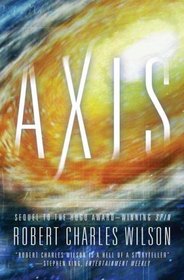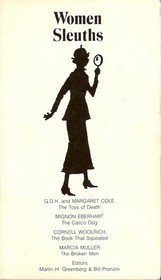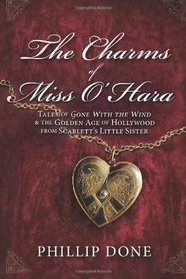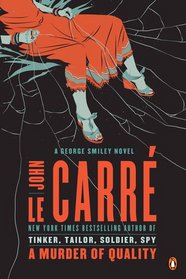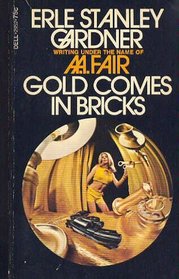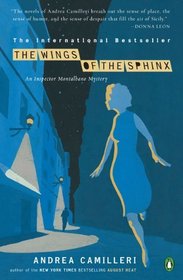Axis by Robert Charles Wilson
Review by Cyndi J. (cyndij)
AXIS is a direct sequel to SPIN, so the reader must be familiar with the events there first. You can read a review of Spin on a previous review here on the PaperBackSwap Blog by clicking here.
This book takes place on the new world of Equatoria. The planet was engineered by the Hypotheticals for humans, and connected to Earth by way of the Arch. Humans have now colonized the world and of course are trashing it.
Lise Adams is a young woman trying to figure out why her father disappeared; some months previous she hired Turk Findley to fly her out to a remote desert town where she hoped for clues. They didn’t make it then but she wants to try it again. She knows Turk took another woman out there, a woman who appears in a picture of a party at her parent’s house long ago. However, before that can happen, a mysterious fall of ash begins, as if from a volcanic eruption, but this is soon revealed to be detritus from space – the remains of unimaginable numbers of the Hypothetical’s machines.
Lise is not the only one who wants to know what happened to her father. He was connected with a group of people known as Fourths, who received the forbidden Martian longevity treatment. The government wants to stamp out the Fourths and now they’re after Lise and Turk.
The Fourth community in the desert has attempted a dangerous experiment, and the boy Isaac is the result. The ashfall is going to trigger an ability in Isaac that was hoped for, but isn’t going to turn out the way the Fourths expect.
Wilson doesn’t get much farther in explaining the Hypotheticals. The ashfall and its consequences – and let’s not forget Isaac – are very interesting, but this is mainly a character-driven novel. I liked the characters much more this time around; I couldn’t really warm to Tyler and Jason last time, but Lise and Turk are good. Diane from the first book plays a large role here as well. I also felt sad for this new world. An entire empty planet, and the first thing that happens is oil drilling. Shantytowns, trash blowing in the streets, polluted water…it’s depressing. There’s a paragraph buried in there about how a similar Arch appeared on Mars, going to a planet tailored to the needs of the human Martians – I would love to know more about that. The first book ended at a place you could stop at and still have a whole story, but not here; it’s definitely the middle of a trilogy. Next up is VORTEX.

